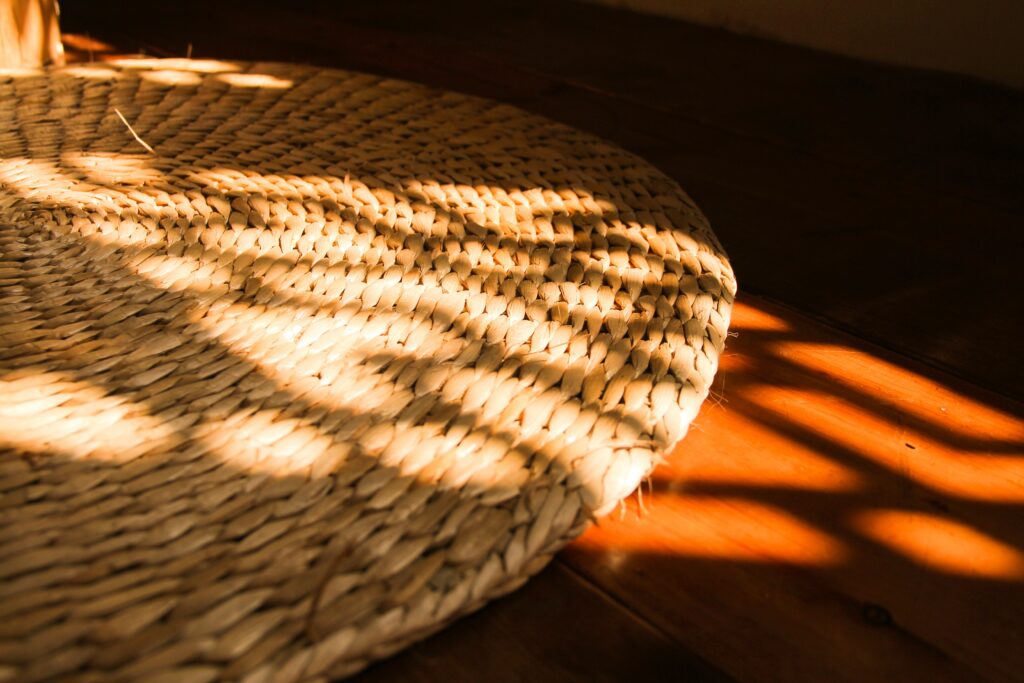Wet Books includes water damage that results from firefighting activities, flooding, and even a washing machine overflowing. To effectively and adequately dry books that have been damaged by water, patience and precise drying methods are required. Toxic water can be particularly damaging to documents.
It can dissolve the glue, deform bindings, make ink run, make pages stick together, and induce mold to grow. This will vary depending on the form and intensity of the water damage. Here are some instructions on how to fix water-damaged books at home.
The Best Way to Restore Wet Books:
Identify the type of water that caused the book’s damage before handling it. Books, papers, and documents should not be handled or cleaned by anybody but the owner. Contaminated or sewage-contaminated water has caused damage to these items.
The technicians at Service Master Restore can undertake this kind of restoration. Using air-drying to dry and repair damaged books is an economical option. Before attempting to clean Wet Books that have become caked in mud or other grime, they should be allowed to dry completely.

To air-dry books, you’ll need a few essentials:
Having a large area to spread out the books is necessary. Plain white paper towels with a firm grip. Using fans to circulate the air around the room. Avoid using heat sources to speed up the drying process, according to Cornell University Library.

This is the process of drying:
Only use this drying method if the books’ covers are still in good shape. This procedure is not suitable if the book’s cover is peeling or the paper is coated. A freezing process is required to salvage water-damaged books that are printed on glossy or coated paper. A restoration expert should handle this. Close all books.
The books should not be opened. Wet Books absorbent paper towels should be used to cover a flat surface. They should be absorbent, white, and plain. You can put the book on its end to drain any water that is left. To keep the start and end pages separate, white paper towels are used to separate them. The first paper towel is between the binding and the binding.
When the paper becomes soaked, including the report on the table, change it. If possible, to expedite drying and prevent mold, keep the room’s humidity level below 40%. Do not point any of the room’s fans directly at the books, which could damage them. Lay books flat if they are only slightly wet.
Place a clean weight on top of the book on an absorbent paper-covered surface. According to the Library of Congress, if you have enough space and a good computer, you can get a lot done. A suitable workspace and a well-controlled environment, according to the Library of Congress, are necessary for the success of Wet Books.
Given the small quantity of moist books, air drying is a viable and convenient technique of drying them. Wet Books does not bother with water-damaged books in any other circumstance, or if you are uncomfortable dealing with them. The specialists at ServiceMaster Restore are here to help. We can dry and retrieve water-damaged books, papers, photographs, and other valuables.


Recent Comments